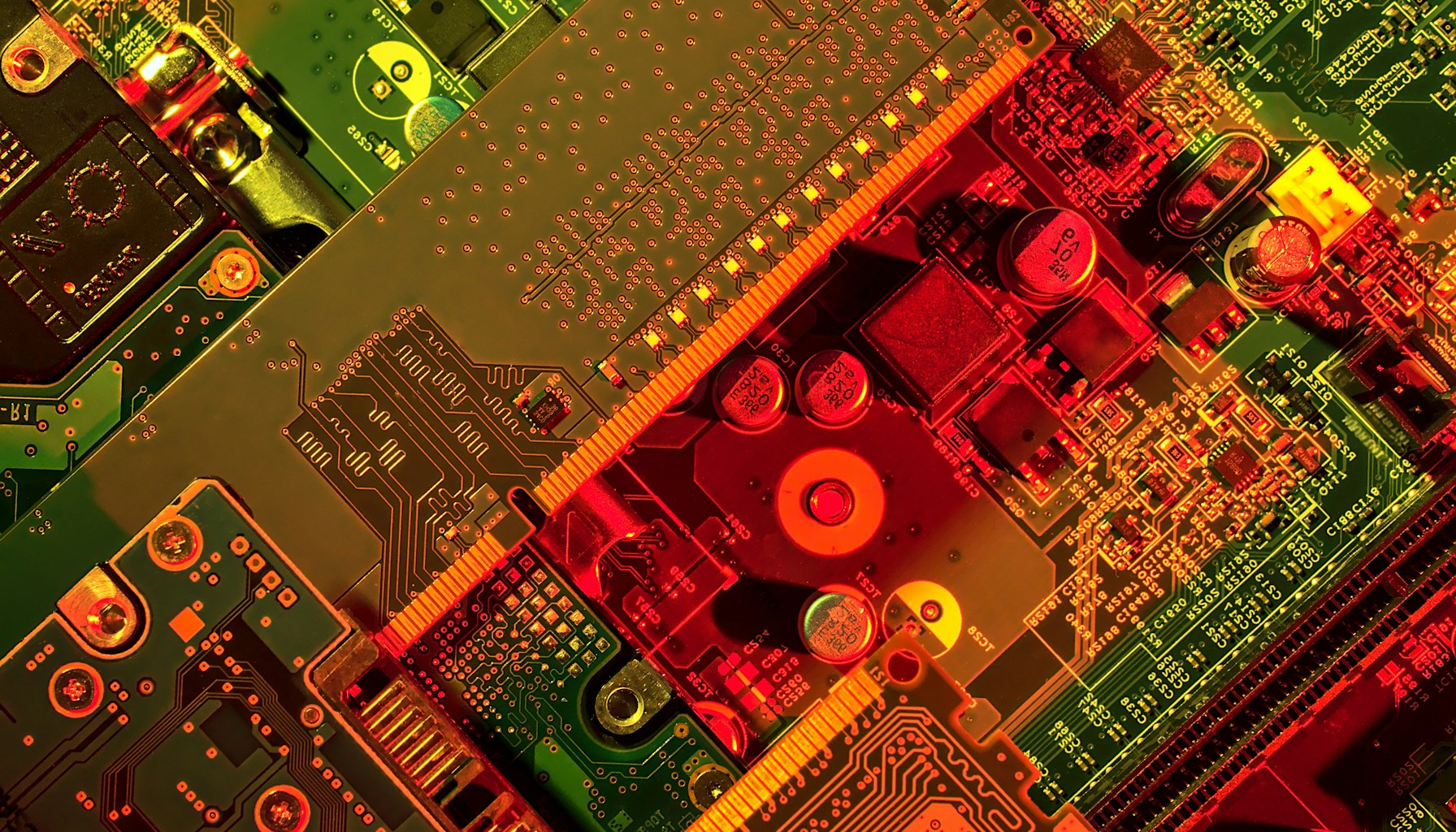Robotics Perception Systems: Enhancing Machine Vision for Real-World Applications
Published May 15th, 2025 · AI Education | Robotics

Imagine a world where robots can see and understand their surroundings just like humans. That's the promise of robotics perception systems. These systems are revolutionizing industries by enabling machines to interpret visual data with remarkable accuracy. But how do they work, and why are they gaining traction now? Let's dive into the mechanics and explore their real-world impact.
What is Robotics Perception?
Robotics perception refers to the ability of machines to process and interpret sensory data from the environment, primarily through vision. Historically, robots relied on pre-programmed instructions. Recent advances in AI and machine learning have dramatically improved their ability to 'see' and react to the world around them.
How It Works
Think of robotics perception like a pair of glasses for robots, allowing them to 'see' and make sense of their environment. These systems use cameras and sensors to capture data, which is then processed by AI algorithms to recognize objects and patterns. For example, a warehouse robot can identify and sort packages by scanning barcodes and shapes, much like how we recognize familiar faces in a crowd.
Real-World Applications
In manufacturing, perception systems help robots assemble products with precision. In agriculture, drones equipped with these systems monitor crop health. In autonomous vehicles, they enable cars to detect and respond to road conditions and obstacles, improving safety and efficiency.
Benefits & Limitations
Robotics perception systems enhance efficiency and accuracy, reducing human error. However, they require significant data and computational power, which can be costly. They're not foolproof; poor lighting or unexpected obstacles can still pose challenges. It's crucial to assess whether the benefits outweigh the costs for your specific application.
Latest Research & Trends
Recent studies focus on improving perception accuracy in dynamic environments. Notable advancements include Google's work on real-time object detection and MIT's research on enhancing depth perception. These developments suggest a future where robots can operate seamlessly in complex, changing settings.
Visual
mermaid flowchart TD A[Camera]-->B[Data Capture] B-->C[AI Processing] C-->D[Object Recognition] D-->E[Action]
Glossary
- Robotics Perception: The ability of robots to interpret sensory data from their environment.
- Machine Vision: Technology that allows machines to interpret visual information.
- AI Algorithms: Computational methods used by machines to perform tasks that typically require human intelligence.
- Object Recognition: The process of identifying objects within an image or video.
- Autonomous Vehicles: Vehicles capable of sensing their environment and operating without human involvement.
- Depth Perception: The ability to perceive the world in three dimensions and judge the distance of objects.
Citations
- https://openai.com/index/gpt-5-new-era-of-work
- https://www.mit.edu/research/robotics-perception
- https://ai.googleblog.com/2023/06/advancements-in-real-time-object-detection.html
- https://www.roboticsbusinessreview.com/ai/robotics-perception-systems-2023-trends/
- https://arxiv.org/abs/2305.12345
Comments
Loading…